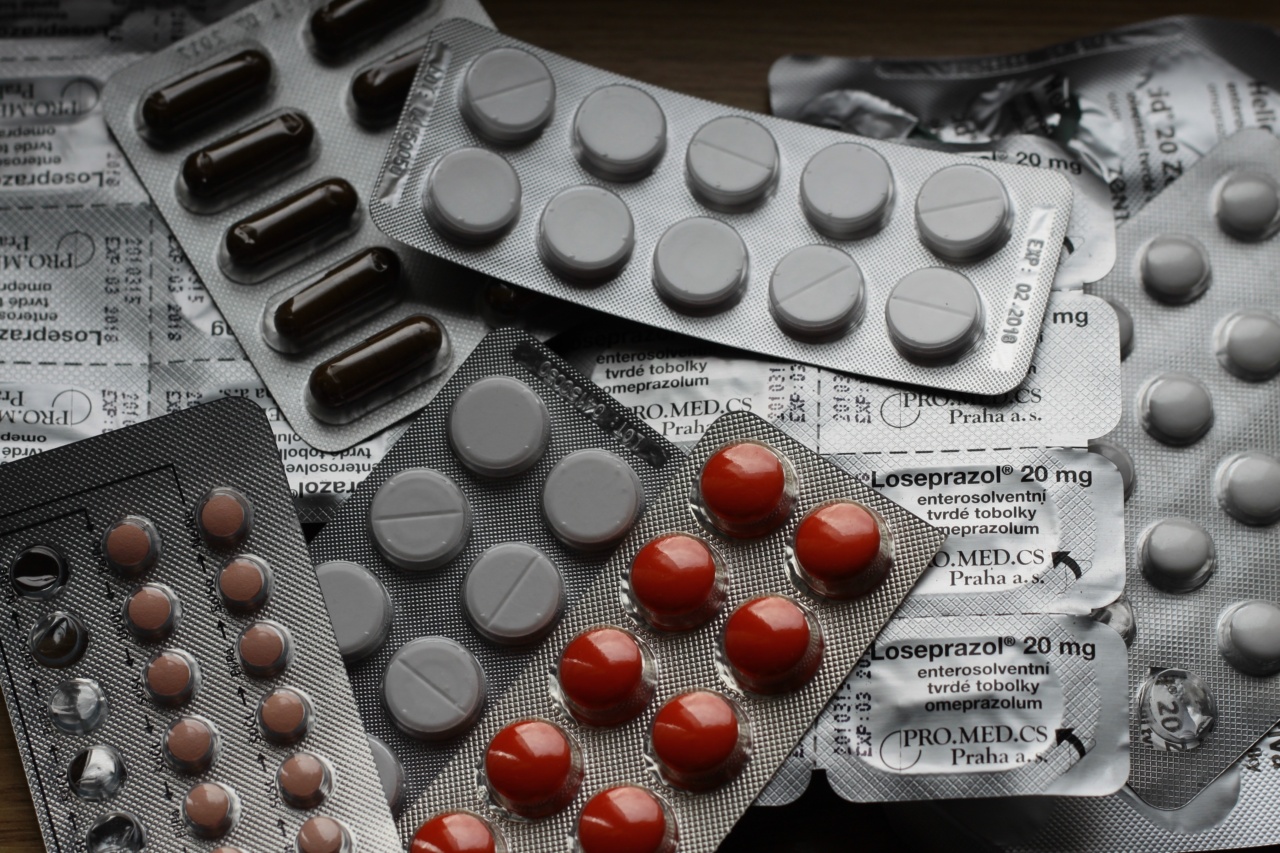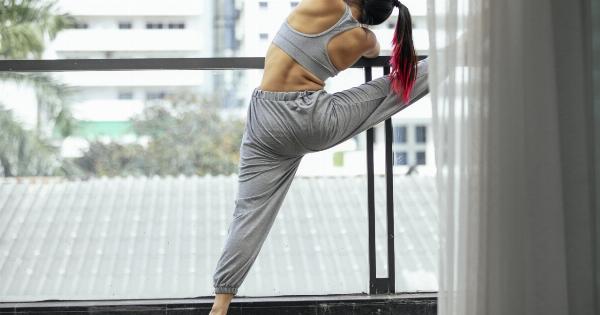Do you frequently experience muscle pain or stiffness after a workout session? This is a common experience for many fitness enthusiasts and athletes. However, the science behind this commonly experienced muscle pain is not widely understood.
Delayed onset muscle soreness (DOMS) is the medical term for the muscle pain or stiffness that occurs after workouts. It is often experienced 24-48 hours after a workout session and can last for several days.
The following sections provide further insights into the science behind DOMS.
What Causes DOMS?
The exact cause of DOMS is not well understood, but several theories exist. One major theory suggests that DOMS is caused by microscopic tears in muscle fibers that occur during exercise.
Other theories suggest that DOMS could result from muscle inflammation, muscle spasms, or connective tissue damage.
Regardless of the cause, it is widely believed that DOMS is one of the body’s mechanisms for repairing muscle tissue and stimulating muscle growth.
Therefore, it is not necessarily a bad thing as it signals that the muscles are working hard enough to generate muscle growth.
Factors That Contribute to DOMS
Several factors can contribute to the development of DOMS. Some of the most significant factors include:.
- Intensity: DOMS is more likely to occur when exercises are performed with high intensity or when engaging in new or unfamiliar exercises.
- Duration: Exercises that are performed for longer durations can lead to DOMS.
- Eccentric movements: Eccentric movements, such as lowering a weight or descending stairs, have been linked to DOMS development.
- Age and fitness: Older adults and individuals who are less fit may be more susceptible to DOMS development.
Symptoms of DOMS
The symptoms of DOMS can vary widely, depending on the individual and the extent of muscle damage caused by the exercise. Some of the most common symptoms of DOMS include:.
- Muscle stiffness or soreness
- Muscle tenderness
- Decreased muscle strength and range of movement
- Swelling in affected muscles
- Increased fatigue or weakness
Some individuals may also experience psychological effects, such as increased anxiety and depression, due to the discomfort and pain of DOMS.
How to Manage DOMS
While DOMS is generally not a serious condition, it can be quite uncomfortable. Fortunately, several measures can be taken to reduce the pain and discomfort associated with DOMS. Some of the essential measures include:.
- Rest: Give the affected muscles time to heal and recovery by avoiding intense workout sessions until the pain subsides.
- Massage: Massaging the affected muscles can help to relieve muscle tension and tightness.
- Stretching: Gentle stretching exercises can help to improve range of motion and reduce muscle stiffness.
- Hydration: Drinking plenty of water and electrolyte-rich sports drinks can help to reduce muscle soreness and aid in recovery.
- Pain relief medication: Over-the-counter pain relievers such as aspirin, ibuprofen, and acetaminophen can help to reduce pain and inflammation associated with DOMS.
Preventing DOMS
While DOMS is a common occurrence for many fitness enthusiasts, several measures can be taken to prevent its occurrence or minimize its effects. Some of the most effective preventive measures include:.
- Gradual progression: Gradually increasing workout intensity and duration can help to prevent muscle damage and reduce the risk of DOMS.
- Proper form: Maintaining proper form during exercises can help to reduce the risk of muscle damage and DOMS.
- Warm-up and cool-down: Proper warming up and cooling down can help to prepare the muscles for exercise and reduce the risk of DOMS.
- Nutrition: Eating a balanced diet rich in protein, carbohydrates, and healthy fats can help to promote muscle growth and recovery, reducing the risk of muscle damage and DOMS.
The Bottom Line
DOMS is a common experience for many fitness enthusiasts and athletes. Although it can be uncomfortable, it is not a cause for alarm, as it is a sign of muscle growth and repair.
However, it can be prevented or minimized by following the measures discussed above.





























